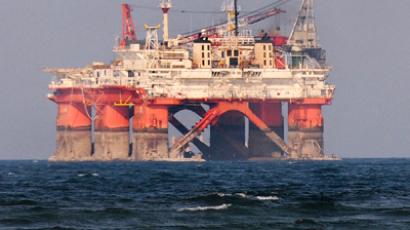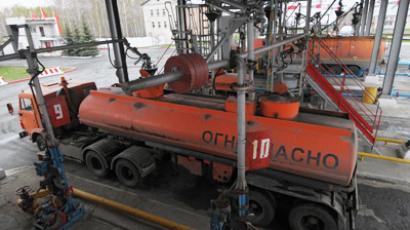OPEC forecast: Oil demand growth will contract in 2013

The Organization of the Petroleum Exporting Countries, left its forecast for 2012 growth in world oil demand unchanged at 0.9 million barrels a day, saying it expects growth to slow to 0.8 million barrels a day in 2013 due to a continuing global economic
In its monthly report, the organization said it expects non-OPEC oil supply to rise by 0.67 million barrels a day this year and 0.92 million barrels in 2013. The report said total daily OPEC crude-oil production averaged 31.36 million barrels in June, a decline of 106,000 barrels from May. Excluding Iraq, production averaged 28.38 million barrels a day, down 170,000 from May.OPEC’s report comes just days after a similar annual forecast by the EIA. On Tuesday the U.S. Energy Information Administration cut its 2012 world oil demand growth forecast by 130,000 barrels per day to 670,000, citing expectations for slower global economic growth.The agency also cut its oil demand growth estimate for 2013 by 360,000 bpd to 730,000 bpd.The EIA said global oil and liquids demand growth was likely to be slower than previously expected due to less optimistic forecasts for global economic growth, which were lowered by 0.1 percent in 2012 and 0.6%in 2013 versus a month earlier.Lower expectations for world oil demand growth is attributable to “the debt crisis in Europe and possible weak economic growth in China,” said EIA Administrator Adam Sieminski. Still, he said “most of the growth in oil demand next year will occur in China, the Middle East and Brazil.”














